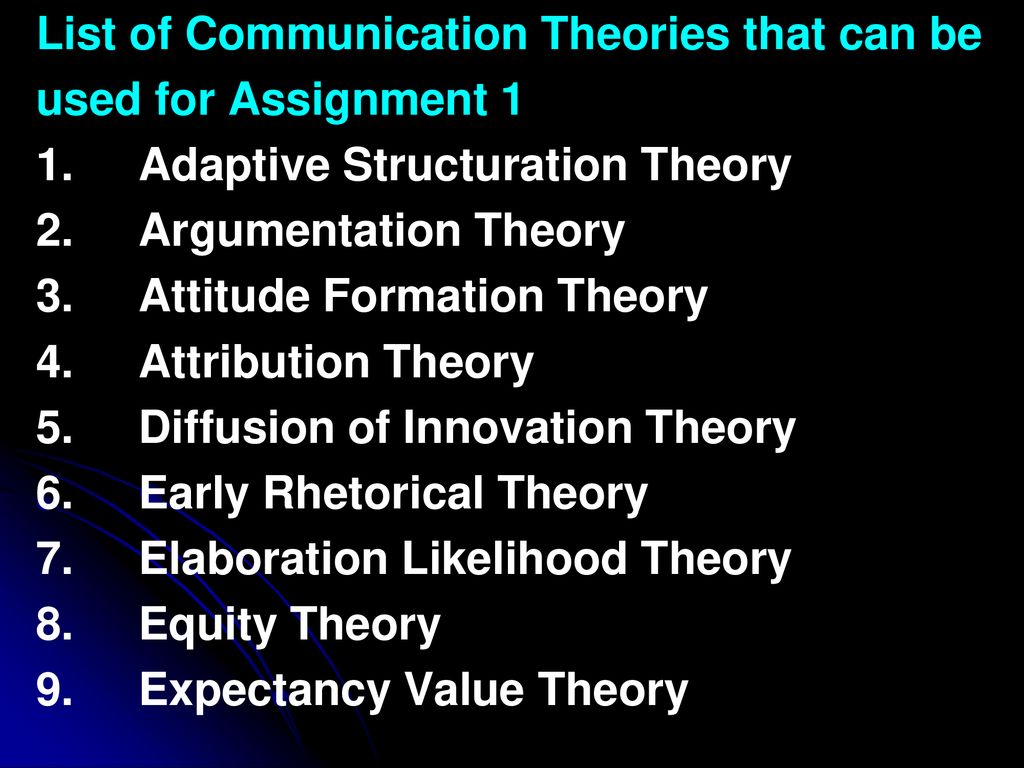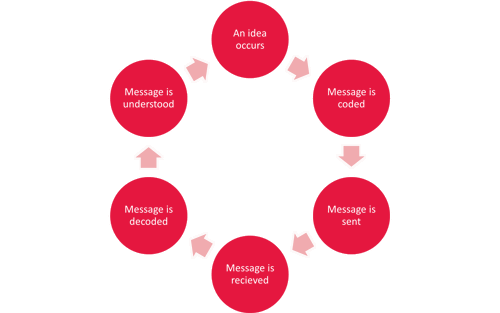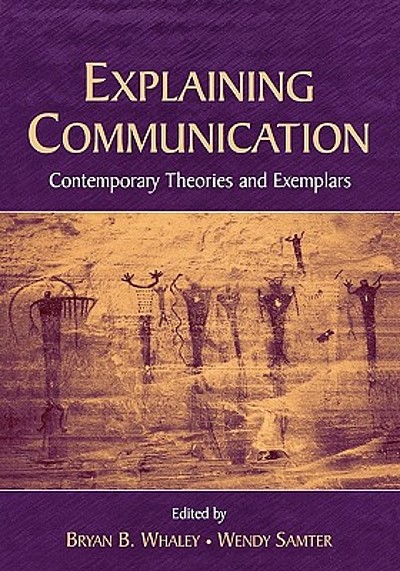Communication is a fundamental aspect of human interaction and is essential for the exchange of ideas, thoughts, and information. Over the years, numerous theories of communication have been developed to better understand how people communicate and the ways in which communication can be effective or ineffective.
One of the most well-known theories of communication is the Shannon-Weaver model, developed by Claude Shannon and Warren Weaver in the 1950s. This model views communication as a process of transmitting a message from a sender to a receiver through a channel, with the aim of producing a desired response in the receiver. According to this theory, the effectiveness of communication depends on the clarity and accuracy of the message, the level of interference in the channel, and the ability of the receiver to decode the message correctly.
Another important theory of communication is the social exchange theory, which suggests that communication is a form of social interaction that is based on the exchange of rewards and costs between individuals. According to this theory, people engage in communication with others in order to maximize their own rewards and minimize their costs. This theory highlights the role of power dynamics and the influence of social norms in communication, as people may be more or less willing to communicate depending on the rewards or costs they perceive to be involved.
A third theory of communication is the symbolic interactionism theory, which focuses on the way that people use symbols, such as words and gestures, to interact with each other and create meaning. This theory emphasizes the role of interpretation and meaning-making in communication, as people use their own cultural and personal experiences to understand and respond to the messages of others.
Finally, the uncertainty reduction theory suggests that people have a natural desire to reduce uncertainty in their interactions with others. According to this theory, people use communication to gather information about others, predict their behavior, and reduce the uncertainty they feel in social situations.
Overall, these theories of communication offer valuable insights into the ways in which people communicate and the factors that influence the effectiveness of communication. Understanding these theories can help us to improve our own communication skills and to more effectively communicate with others in a variety of contexts.
Communication is a fundamental aspect of human life and is at the heart of all social interactions. It is the process by which we exchange information, ideas, and feelings with others and is essential for the maintenance of personal and professional relationships. Over the years, a number of theories have been developed to explain the process of communication and to understand its various components and functions.
One of the most well-known theories of communication is the Shannon-Weaver model, which was developed in the 1940s by Claude Shannon and Warren Weaver. This model is based on the idea that communication is a process of transmitting a message from a sender to a receiver through a medium, such as language or a communication channel. According to the Shannon-Weaver model, the process of communication consists of five main components: a sender, a message, a channel, a receiver, and noise. The sender is the person who initiates the communication, the message is the information being transmitted, the channel is the medium through which the message is transmitted, the receiver is the person who receives the message, and noise is any external or internal interference that can affect the clarity of the message.
Another important theory of communication is the social exchange theory, which was developed by George Homans in the 1950s. This theory suggests that communication is a social exchange process in which individuals engage in communication in order to receive rewards or benefits. According to the social exchange theory, individuals will engage in communication with others if they perceive that the benefits of communication outweigh the costs. For example, if an individual believes that the benefits of having a conversation with a friend outweigh the costs of the time and energy required to have the conversation, they will likely engage in communication with that friend.
A third theory of communication is the theory of symbolic interactionism, which was developed by George Herbert Mead in the 1920s. This theory suggests that communication is a process of constructing meaning through the use of symbols, such as words, gestures, and facial expressions. According to the theory of symbolic interactionism, individuals use symbols to convey meaning to others and to interpret the meanings of others' symbols. For example, when two people are having a conversation, they use words and other symbols to convey meaning to each other and to understand each other's thoughts and feelings.
There are many other theories of communication that have been developed over the years, each of which offers a unique perspective on the process of communication and its various components and functions. However, no matter which theory is being used, the importance of effective communication cannot be overstated. Good communication skills are essential for building and maintaining healthy personal and professional relationships, and are an important part of being an effective leader, manager, or team member.








